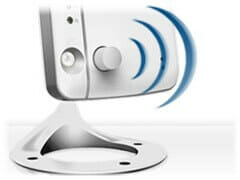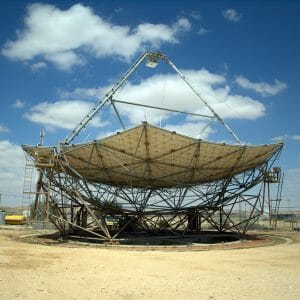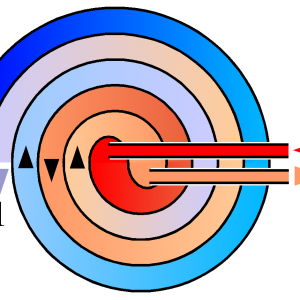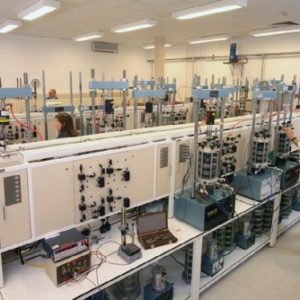No products in the cart.
E – 1509 Motion Detection Technology
$100.00
Courses Included
The four part Security Practices & Engineering Concepts are inter-related courses on the history and development of state-of-the-art security systems.
- Motion Detection Technology.
- Locking Arrangements & Code Compliance For Engineers.
- Customizing Security Design.
- Biometric Features & Principles for Engineers.
The early solid state motion detectors were limited to photoelectric light beams, foil or glass break sensors on windows, magnetic switches on door frames, vibration sensors and taut wires strung across doors and windows and below ceilings. Modern-day volumetric motion sensing devices completely replaced the older mechanical devices with several distinctly different motion sensing technology, each one sequentially replacing its predecessor. This course examines the history and operational principles of the major motion (or volumetric) sensors that fall into one of two operating principles:
ACTIVE SYSTEMS:
Devices that use an emitter and a receiver to detect human motion in a confined area. These systems rely on transducers that produce ultrasonic sound waves or high frequency microwaves.
PASSIVE SYSTEMS:
This category includes motion detectors that do not emit waves, but only receive fluctuating signals caused by human movement. Examples would be (1) passive infrared detector, which became the most used volumetric motion detector, (2) sound discriminator, and (3) analog or digital Closed Circuit Television (CCTV) cameras. TV cameras have added software to detect any changes in the picture (intensity of light in the analog cameras and changes in pixels in the digital format).
Description
The four part Security Practices & Engineering Concepts are inter-related courses on the history and development of state-of-the-art security systems.
- Motion Detection Technology.
- Locking Arrangements & Code Compliance For Engineers.
- Customizing Security Design.
- Biometric Features & Principles for Engineers.
The early solid state motion detectors were limited to photoelectric light beams, foil or glass break sensors on windows, magnetic switches on door frames, vibration sensors and taut wires strung across doors and windows and below ceilings. Modern-day volumetric motion sensing devices completely replaced the older mechanical devices with several distinctly different motion sensing technology, each one sequentially replacing its predecessor. This course examines the history and operational principles of the major motion (or volumetric) sensors that fall into one of two operating principles:
ACTIVE SYSTEMS:
Devices that use an emitter and a receiver to detect human motion in a confined area. These systems rely on transducers that produce ultrasonic sound waves or high frequency microwaves.
PASSIVE SYSTEMS:
This category includes motion detectors that do not emit waves, but only receive fluctuating signals caused by human movement. Examples would be (1) passive infrared detector, which became the most used volumetric motion detector, (2) sound discriminator, and (3) analog or digital Closed Circuit Television (CCTV) cameras. TV cameras have added software to detect any changes in the picture (intensity of light in the analog cameras and changes in pixels in the digital format). Very few technical advances occurred in the security industry until the 1970s when the ultrasonic volumetric motion detector became available. “Volume” refers to the fact that the sensor covers the room with a high-frequency sound or microwave energy and relied on the scientific phenomenon that sound or high frequency radio waves (echoes) can be measured whenever they are disturbed or altered by a moving object (intruder) within their defined and short range area. Some of the characteristics of motion detectors are explained in detail and includes:
- Evaluates the scientific principle that can detects changes in sound waves caused by an intruder
- Describes why microwave sensors failed because they were too powerful as a security device
- Understanding reasons that made Passive Infrared sensors successful previous sensors failed
- How CCTV surveillance cameras were programmed to be effective volumetric motion detectors
- Audio Detectors were too false alarm prone for security purposes
- Audio Discriminators still effective in soundproof areas like bank vaults
- Description of low light thermal video cameras and Fish-eye lens cameras
- Why are IP cameras making analog cameras obsolete









